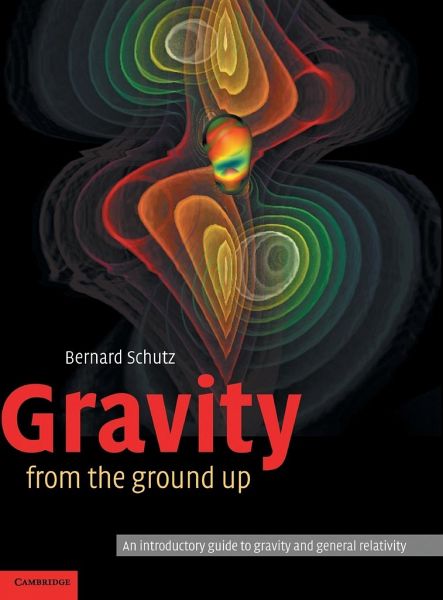
Gravity from the Ground Up
Versandkostenfrei!
Versandfertig in 1-2 Wochen
115,99 €
inkl. MwSt.
Weitere Ausgaben:

PAYBACK Punkte
58 °P sammeln!
An accessible introduction to astronomy and general relativity, using only high-school level mathematics to explain the laws of physics governing gravity. Suitable as a university textbook for introductory physics and astronomy courses, the book will also be of interest to general readers wishing to understand the workings of our universe.














